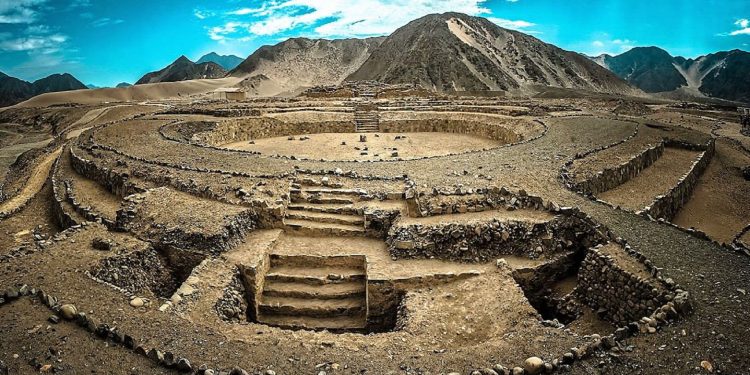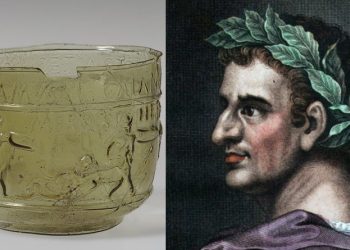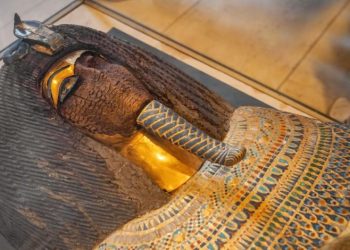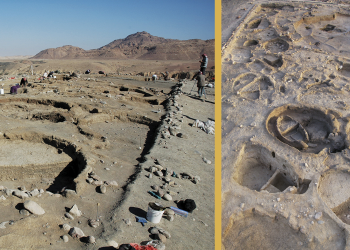The Caral-Supe civilization, situated in north-central coastal Peru, is the oldest known civilization in the Americas. This article will take you through fascinating facts about this ancient society that mastered complex architecture and developed unique technologies, all while remaining relatively unknown to the world.
1. The Oldest Civilization in the Americas
The Caral-Supe civilization flourished around 3500 BC along three rivers: the Fortaleza, the Pativilca, and the Supe. As the oldest-known civilization in the Americas, it predates the Inca, Maya, and Aztec civilizations by several millennia.
2. Huaricanga: One of the Earliest Cities in the World
Around 3500 BC, the first city of the Caral-Supe civilization, Huaricanga, emerged. This ancient city demonstrated the civilization’s advanced architectural skills, including constructing large pyramid-shaped structures that rival the age of those built in ancient Egypt.
3. Monumental Architecture and Engineering Marvels of an Ancient “Super” Civilization
The Caral-Supe civilization is known for its complex and monumental buildings. Their most famous architectural achievement is the Great Pyramid of Caral, which stands 60 feet tall and covers an area of 150,000 square feet, making it one of the largest structures in the Americas at the time.
4. A Pre-Ceramic Culture with Unique Technologies
Unlike many ancient civilizations, the Caral-Supe society was a pre-ceramic culture, completely lacking in pottery and artwork. Instead, they focused on textiles and developed the quipu, a string-based recording device used for accounting, record-keeping, and possibly even storytelling.
5. The Quipu: An Ingenious Recording System of an Ancient “Super” Civilization
The quipu is one of the most remarkable inventions of the Caral-Supe civilization. Made of cotton or camelid fiber strings, the quipu features knots of varying sizes and colors, which represent numerical values and other information. While the exact nature of the quipu’s use remains debated among scholars, it is believed to have been a vital tool for communication and administration.
6. A Civilization Focused on Agriculture and Trade
The Caral-Supe civilization had a strong agricultural foundation, growing crops such as beans, squash, and cotton. They also engaged in trade with other regions, as evidenced by the presence of luxury items, such as Spondylus shells, which were found at Caral-Supe sites but are native to Ecuador.
7. Complex Social Organization and Peaceful Coexistence
The Caral-Supe civilization is believed to have had a complex social organization, with a centralized authority governing the entire region. Interestingly, there is no evidence of warfare or conflict, suggesting that the Caral-Supe people lived in a peaceful society focused on construction and development.
8. Decline of the Caral-Supe Civilization
Around 1800 BC, the Caral-Supe civilization began to decline, with more powerful societies emerging in the north, south, and east. The exact reasons for the decline remain unknown, but it is believed that a combination of climate change and internal social factors may have contributed to the civilization’s eventual collapse.











